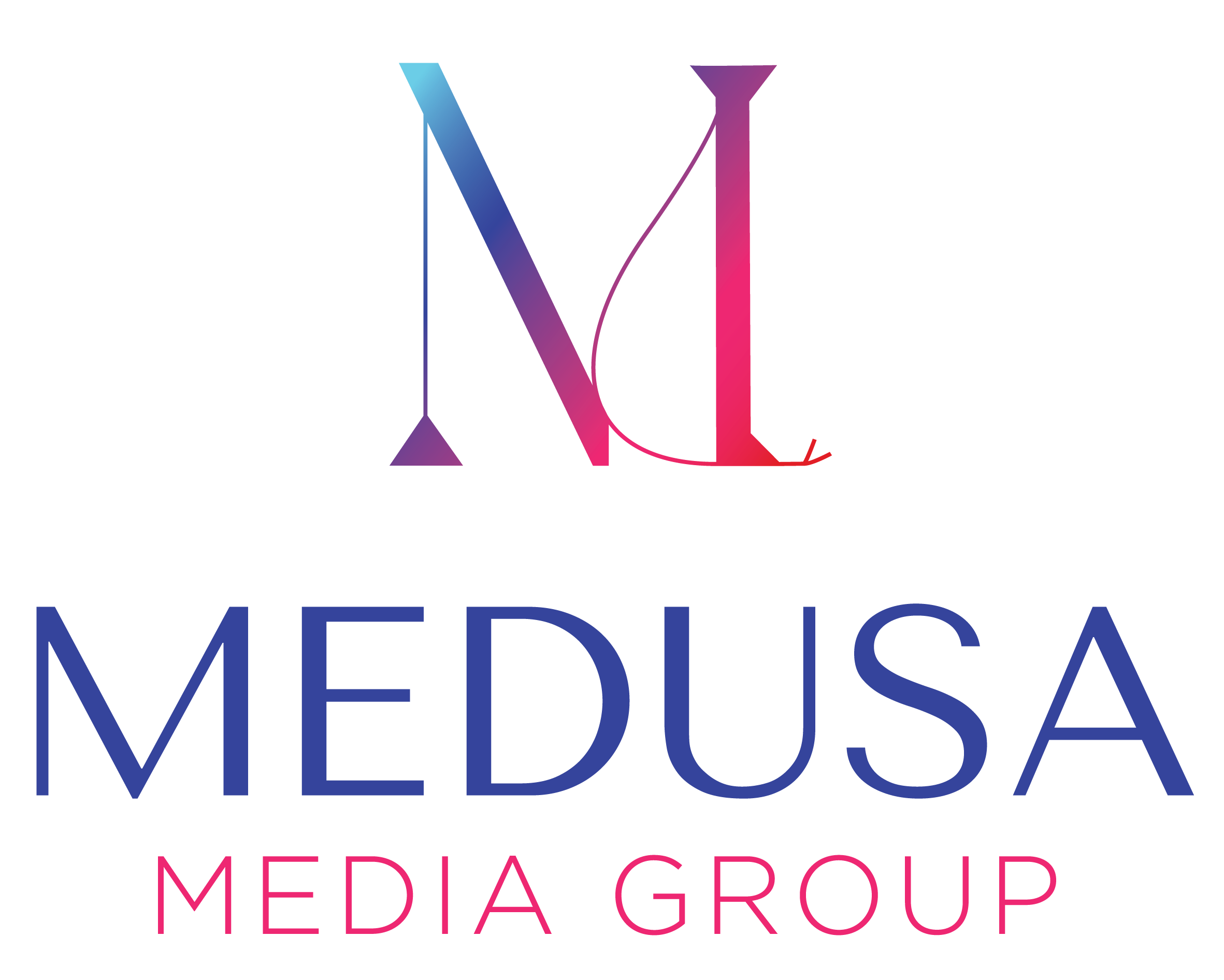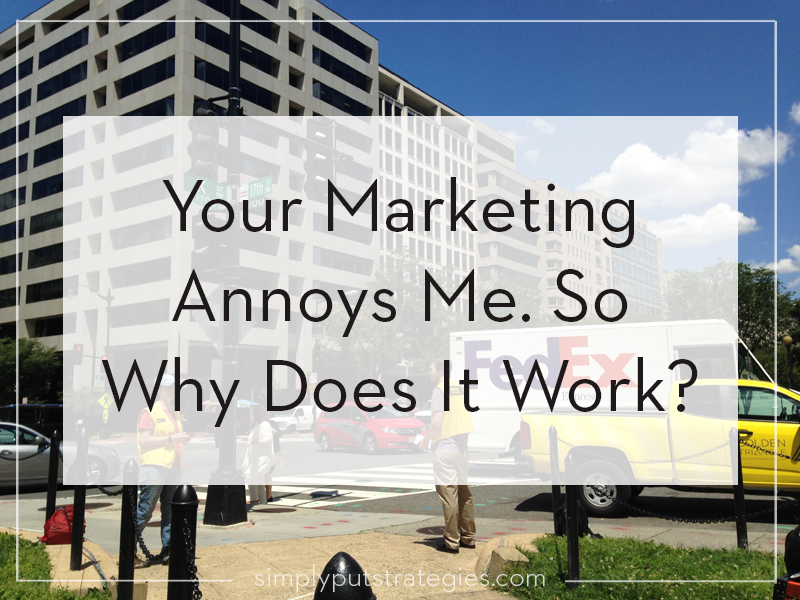Have you ever gone door-knocking for a political campaign? It’s brutal. No one wants to talk to the stranger on their doorstep. No one wants to be interrupted from whatever they’re doing to be asked for money or time or energy. Campaigns keep doing it though, so it must work? It’s certainly good for name recognition. But ugh. Surely there’s a better way.
Political door-knocking is not the only stranger-approach to marketing out there. Public parks, farmer’s markets, and other busy spaces often have representatives from every organization and cause imaginable going up to strangers and asking for their time – and money. Last week in DC I did my best to avoid a man and a woman at the corner of Farragut Square, soliciting donations for Amnesty International.
As I watched the two Amnesty representatives in their blatant yellow vests, I heard them say over and over, “do you have a minute for human rights today?” In the 30 minutes I sat there, of over the hundred (at least) people who walked by, one man had a “minute” (it took more than a minute) for human rights. I kept thinking, those poor people. Are they volunteers? That must be the most discouraging, least gratifying job in the universe. If that were me, I’d dread waking up.
The problem is that it makes you feel bad
You can probably relate to being accosted approached by well-meaning representatives of for-good organizations when you’re out and about in your city. It’s tough. You might furtively change your walking path, do an awkward sharp turn or dodge, doing your best to skirt the representatives. You might engage in a fake phone call to avoid having to say “no.” You might just say no, I do not have a minute for human rights today and keep walking.
Then you probably feel guilty, because of course you have one minute, everyone does. It’s just so disruptive to be interrupted when you’re on your way to Starbucks or the metro. Most people walk with a purpose: they’re trying to get somewhere. Being asked to think about something unpleasant in the middle of your Friday (human rights is seldom cheery) not to mention being asked to part with your hard-earned dollars is galling. No! you think. Just, NO. Leave me alone.
What would feel better?
As I watched Amnesty, I was reading was Can’t Buy Me Like, a manual-manifesto about the dawning “Relationship Era” of marketing. This is a new epoch in which “credibility, care, and congruency” are paramount. Brands must have a purpose and values that customers can align with, rather than selling a product for the product’s sake.
Amnesty representatives approaching strangers does not seem to fit in the Relationship Era. There’s no time in “one minute” to build credibility, demonstrate care, or show congruency. Is this irritating approach really the best way for good organizations like Amnesty to fundraise? What would be better? I briefly thought about:
- A food sale: if Amnesty were selling something delicious, I could get a treat and feel great about spending money towards human rights.
- Signage: if there were a sign introducing me to the topic, with a clear CTA such as “change a life today with $15,” I might be more comfortable being approached and parting with my money. I would have been prepped, and credibility (my money will go to X) would be established.
- Giving away something of value: what if Amnesty were offering something to show they care about me? Maybe a card-sized guide of companies I could shop with that support human rights causes.
- A specific cause: if I could tell right away that my money would go toward a certain type of human rights issue, or certain location, I might be more persuaded than by a general ask.
Would any of these approaches make me FEEL more inclined to donate? Or would I be equally likely to speed-walk by and avoid eye contact?
What if Amnesty partnered with a grocery store or clothing brand I already have a relationship with, making it easy to donate as part of my routine? I’d probably sign up for a garment subscription that partially went toward Amnesty. Or the front-end cashier could talk to me about human rights while I’m waiting for my grocery bags (one of the concepts in Why We Buy is to put informative signage in front of people who are waiting, in line at the register, for their bags to be packed, or even sitting on the toilet).
A relationship is formed
After watching and feeling bad for the Amnesty reps and everyone who ignored them, I struck up a conversation with the woman. She explained that she’s paid well ($15 per hour) and that soliciting members for Amnesty is actually preferable to door knocking for political campaigns – she’s done both (it’s all relative, no?). She was skeptical of the stranger-approach at first, too. But then she learned that since Amnesty started their membership drive on the streets of DC, their monthly donations have gone up 40%. Forty percent! Apparently, it actually works.
Shoshana (the woman’s name) is out there five days a week. In the last week, she said proudly, she raised $90. Ninety dollars does not sound amazing, but it’s 90 more than zero dollars, so perhaps that is a win for Amnesty (although $15 x 8 hours x 5 days = $600, which is a lot more than $90). She’s asking for monthly pledges, not one-time donations, so perhaps the cumulative effect of that $90 is cost effective. But even if no one signs up in a day, Amnesty is getting a lot of visual branding simply by having those yellow vests out in the public space. It’s a touch point if not a selling point, just like the pictures clothing brands post to Instagram of their fall collection. Amnesty’s logo is being seen, their cause being voiced (“do you have a minute for human rights?”) and many people who do not have a minute to spare while walking across Farragut Square might spare a minute when they get home. From the comfort of their home and computers, I bet more people donate to Amnesty than if those yellow vests stayed in a closet.
How I was sold into donating
After a few minutes of chatting, Shoshana started to sell me. I said no. I used to donate to Amnesty and many other good organizations, but I stopped out of protest when I realized that many of them had sold my address and I started getting five daily solicitations in the mail. Amnesty doesn’t sell your address, Shoshana assured me (is that true? I’ll find out soon…).
Well, fine. Then I said I’d make a one-time donation, but I didn’t want to become a member. Shoshana’s face fell. She can’t accept one-time donations because she’s part of a membership drive (incidentally, apparently Greenpeace went out of business in DC because they relied on one-time donations, which are not reliable. Hence Amnesty goes after monthly pledges). Well. I could tell where this was going, but I still felt resistant. Why? Is it because I hadn’t intended to donate, and I wanted to stay true to my original intention? Is it because I was annoyed that I was being persuaded when I don’t like the stranger-seller approach? I asked Shoshana, and she acknowledged, “it’s a hard sell.” It IS! It’s in your face, it’s RIGHT NOW, and you have no time to mull it over. Many people make impulsive purchases, but people also like to think over their spending decisions, especially if they don’t receive something tangible in exchange.
Finally I said I’d sign up for a membership when I got home (yeah, right. No I wouldn’t). Shoshana was persistent. She reminded me that I could opt out any time. She reminded me that if I signed up at home, she wouldn’t get the credit for converting me (she did not say “converting.” But that’s what she meant). That’s the point that convinced me, partly because I want her hard work-that-I-would-hate to pay off, but also because she DID convert me. Not because she asked for a minute of my time as I walked by, but because she chatted with me, listened to my complaints, and explained to me that what she does works. (She also gave me a good topic for a blog post. Thanks, Shoshana!)
The MVP of marketing for soliciting donations
Of the alternatives I rattled off for Amnesty solicitations, all would be more expensive and more complicated than the one-minute stranger-approach. Perhaps the stranger approach is actually the minimum viable product – the simplest, least expensive, most effective way to build Amnesty’s membership (MVP also stands for most valuable player, an accurate description for effective products and services).
It’s frustrating on principle when something that is 99% irritating actually works. It doesn’t seem fair. But perhaps the resentment and guilt people feel as they pass the yellow vests is worth it for the exposure, visual branding, and a few new monthly donations for Amnesty. After all, your annoyance at being solicited probably fades pretty fast. But the impression from that touch point might make you more inclined to choose Amnesty next time you’re ready to donate. If it works, it works. At the end of the day, that is the criteria you want your marketing efforts to meet.








